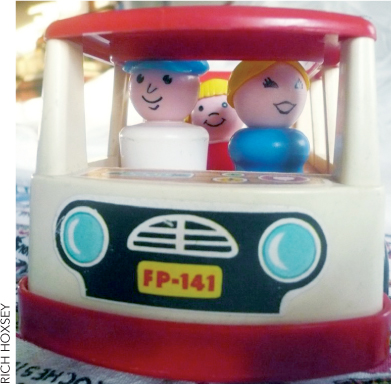Trade and Preferences
In September 1995, Pierre Omidyar, a 28-year-old computer programmer, finished the code for what would soon become eBay. Searching around for a test item, Omidyar grabbed a broken laser pointer and posted it for sale with a starting price of $1. The laser pointer sold for $14.83. Astonished, Omidyar contacted the winning bidder to make sure he understood that the laser pointer was broken. “Oh yes,” the bidder replied, “I am a collector of broken laser pointers.” At that instant, Omidyar knew eBay was going to be a huge success. Within just a few years, he would become one of the richest men in the United States.

14
Today, eBay operates in more than 30 countries and earns billions of dollars in revenue. eBay’s revenues, however, are a small share of the total value that is created for the hundreds of millions of buyers and sellers who trade everything on eBay from children’s toys to the original Hollywood sign. Trade creates value by moving goods from people who value them less to people who value them more. Sam, for example, was going to trash the old Fisher Price garage that his kids no longer play with. Instead, Sam sells it on eBay to Jen who pays $65.50. What had been worth nothing is now worth at least $65.50. Value has been created. Trade makes Sam better off, Jen better off, and it makes eBay, the market maker who brought Sam and Jen together, better off. Trade makes people with different preferences better off.